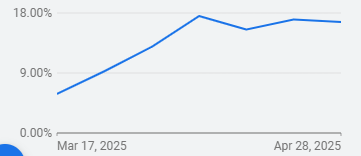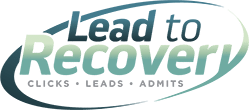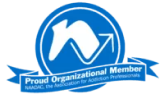Problem:
An addiction treatment center was relying on a basic “Contact Us” page as its primary landing page for paid traffic. Upon analysis, several user experience and conversion issues were identified:
Above-the-fold confusion: On larger desktop screens, the design gave the impression that there was no content beyond what initially appeared. No visual cue (such as an arrow or button) prompted users to scroll.
Inefficient content layout: Excessive whitespace and padding pushed key content out of view, reducing immediate engagement.
Lack of mobile call-to-action: On mobile devices, there was no visible phone number or “Get Help” button in the top section of the page. This lack of a clear CTA hindered urgency and accessibility for users seeking help.
These usability gaps likely contributed to missed conversion opportunities, especially from mobile traffic and users unfamiliar with navigating such layouts.
Solution:

On May 20, 2025, a series of conversion-focused design optimizations were implemented:
Visual cues for scrolling: An arrow or button was added above the fold to prompt users to explore more of the page.
Reduced whitespace: Key content was brought up higher on the screen by tightening layout spacing, making it immediately visible.
Enhanced mobile experience: A visible phone number and a prominent “Get Help” button were added at the top of the mobile layout, improving ease of access and encouraging immediate contact.
These changes were designed to remove friction and encourage action, especially on mobile, where the urgency for treatment is often highest.

Outcome
The optimizations delivered significant performance improvements:
First 30 Days Post-Launch:
Overall account conversion rate increased by 29.63%
The Drug Treatment campaign saw an 86.73% increase in conversion rate
Month-Over-Month Growth:
April conversions increased by 95.81% over March, showing continued gains from ongoing optimization efforts.

Conclusion
These results highlight how simple, strategic design changes—especially around mobile usability and CTA visibility—can have a dramatic impact on campaign performance in the addiction treatment space.

